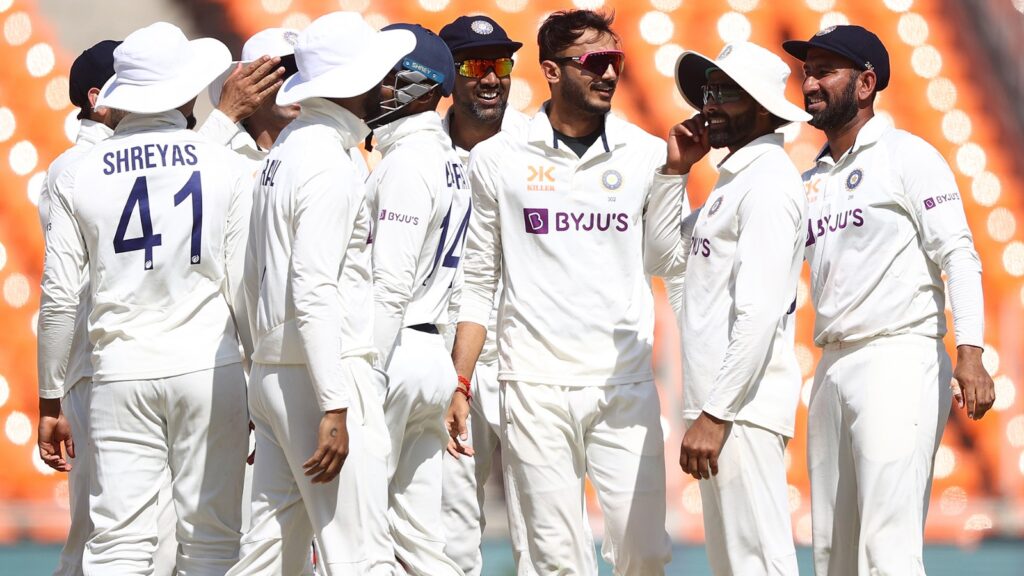
If you want to know just how much the times, and Indian cricket, have changed, just look at the expectation that the fans have before the World Test Championship (WTC) final. The days when India made up the numbers in Test cricket are long gone. Most of the players that will make up the playing XI against Australia at The Oval have been part of series victories in Australia, and have won Test matches in England and South Africa. India winning a Test away from home is no longer a stop-the-presses moment. There were no tickertape parades after consecutive series triumphs in Australia in 2018-19 and 2020-21.
Most cricket historians will tell you that cricket’s evolution to national obsession from merely being one of the national sports began with the unexpected 1983 World Cup success. Few will dispute that, even though an older generation cherishes the victories in the Caribbean and England in 1971.
But what the World Cup win really did was sow the seeds of a decades-long affair with limited-overs cricket. At the time, the red ball was still dominant even in the 50-overs arena, but India’s blemish-free victory at the World Championship of cricket in Australia in February-March 1985 introduced a new generation of TV watchers to the magic of coloured clothes, white balls, Richie Benaud and the Channel-9 duck.
What those limited-overs wins also did was paper over the cracks in the Test side. Because whichever way you try to interpret the numbers, India were a pretty useless Test side in the 1980s. When they boarded the flight to England in May 1986, they had won ONCE in 42 Tests dating back to November 1981. The 12 losses included a heavy defeat in Sri Lanka, a country that had been granted Test status just three years earlier.
England had been routed 5-0 in the Caribbean in early 1986, with part of Mike Gatting’s nasal bone found on the ball after a Malcolm Marshall bouncer. But on home turf, where they had beaten Australia 3-1 the previous summer, David Gower’s side were expected to be much too strong for India.
Ian Botham’s all-round heroics, including a bludgeoned stroke that broke Sunil Gavaskar’s leg at The Oval, had overpowered India in 1982, but he would play no part four years later, suspended by the Test and Country Cricket Board (TCCB) for admitting to having smoked cannabis. With their talisman out of the equation, England’s vulnerabilities were ruthtlessly exposed.
One of the unexpected bowling heroes was Chetan Sharma, a ‘pocket battleship’ according to the Wisden Almanack. ”Aggressive and volatile, he none the less bowled with great control, and the ball that came back from outside off stump found more than one open gate,” said its report of the series. “[Roger] Binny, whose medium-pace bowling had been a leading factor in India’s World Cup success in 1983, put his back into his work more as the tour progressed and gained an extra half yard of pace without any loss of accuracy.
“Maninder Singh, a veteran of fifteen Tests at the age of twenty, was not expected (by English commentators) to have a role in the Tests yet played in all three and topped India’s averages. He turned 21 on tour, by which time his control of flight and spin, as well as his colourful patkas, had revived memories of Bishan Bedi and set India on the way to a historic win at Lord’s.”
But all these years later, despite the performances of Kapil and the other bowlers, those two Test wins in June are synonymous with the batting of one man. “In Dilip Vengsarkar, India had the batsman of the series,” said the Almanack. “At Lord’s and at Headingley, his hundreds were the platform from which India pushed for victory. In both innings of both Tests he top-scored for India, was rarely forced to play a false stroke, and made every movement elegant.”
In 2023, nothing has been left to chance. Those knocked out of the IPL early left for England as soon as they could. With injuries a concern, standbys have also been named. That’s a far cry from 1986, when Sharma’s injury before the Headingley Test saw Madan Lal called up. He had been playing for Ashton in the Central Lancashire League. “The veteran of 38 Tests quickly demonstrated his mastery and experience of English conditions, providing support for Kapil Dev and inspiration for Binny,” said the Almanack.
It was a very different time.



